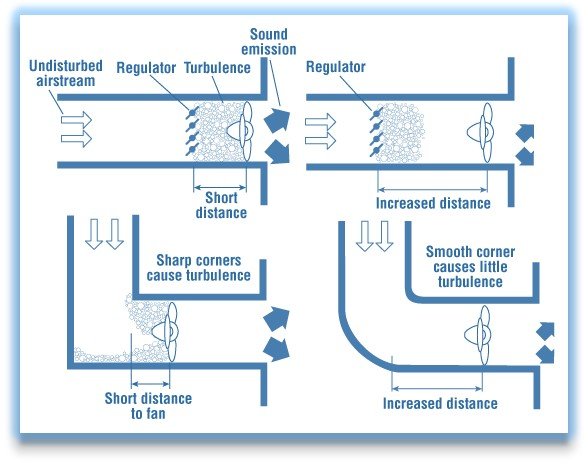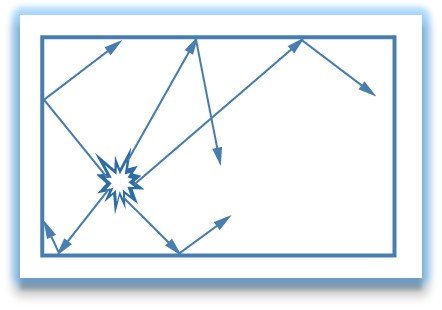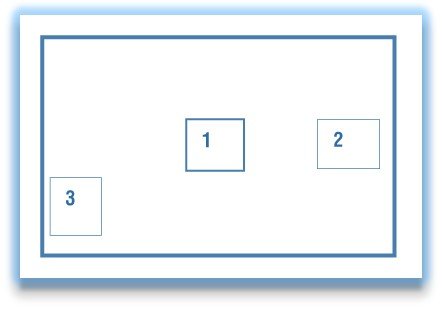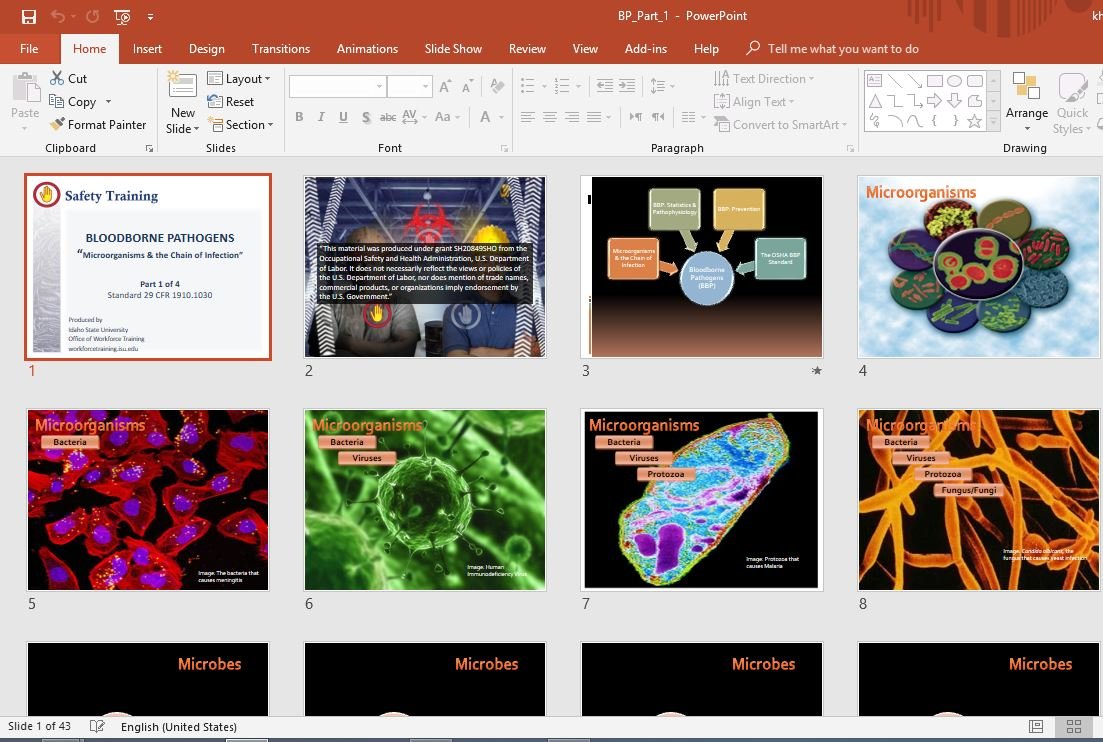Exposure to high levels of noise can cause permanent hearing loss. Neither surgery nor a hearing aid can help correct this type of hearing loss. Short-term exposure to loud noise can also cause a temporary change in hearing (your ears may feel stuffed up) or a ringing in your ears (tinnitus). These short-term problems may go away within a few minutes or hours after leaving the noise. However, repeated exposures to loud noise can lead to permanent tinnitus and/or hearing loss which is worth Noise control at the workplace.
Loud noise can create physical and psychological stress, reduce productivity, interfere with communication and concentration, and contribute to workplace accidents and injuries by making it difficult to hear warning signals. The effects of noise-induced hearing loss can be profound, limiting your ability to hear high-frequency sounds, understand speech, and seriously impairing your ability to communicate.
Approximately 22 million U.S. workers are exposed to hazardous noise at work. To minimize occupational noise-induced hearing loss, the National Institute for Occupational Safety and Health (NIOSH) recommends that workers should not be exposed to noise at a level that amounts to more than 85 decibels (dBA) for 8 hours. To create a more healthful workplace, NIOSH recommends an approach based on the hierarchy of control. in this article, you will be familiar with several ways in which noise can be controlled, which can vary from one workplace to another.

first, let’s know-how is the noise is made and what the source of noise
How is noise made?
Sound can be produced by vibration or as a result of aerodynamic systems.
Vibration-induced noises are produced by:
- Mechanical shocks and friction between parts (e.g., hammering, pressing, running gears, bearings, cutting tools, chutes, hoppers, etc.)
- Out of balance moving parts (e.g., unbalanced rigid rotors)
- Vibration of large structures (e.g., ventilation ducts, guards on machines, equipment supporting structures, etc.)
The sound may be amplified by reflective surfaces that are around the devices.
Aerodynamic sources of noise are air or fluid flows through pipes and fans, or as the pressure drops in the air distribution system. Examples include:
- Steam released through exhaust valves
- Aircraft jets
- Turbulent flow of water through pipes
- Fans
- Combustion motors
The steps to take to control the noise in the workplace
The steps that must be taken in order to effectively and efficiently control the noise in the workplace are:
- Identify the sound sources: vibrating sources and aerodynamic flow.
- Identify the path of the noise from the source to the worker.
- Determine the sound level of each source.
- Determine the relative contribution to the excessive noise of each source and rank the source accordingly. To obtain significant noise attenuation, the dominant source should be controlled first.
- Know the acceptable exposure limits identified in the health and safety legislation and quantify the necessary sound reduction.
- Identify solutions by taking into consideration the degree of sound attenuation, operation, and productivity restraints and cost.
How can we reduce the noise exposure?
The exposure to noise can be reduced by eliminating the source of noise (if possible), substituting the source with a quieter one, applying engineering modifications, using administrative controls, and using protective equipment.
The best way to reduce exposure to noise is to engineer it out at the design stage. In terms of equipment, always try to choose features that will reduce the noise level to a minimum acceptable level. In terms of new installations, select quiet equipment, have a procurement policy that opts for acquiring quiet equipment, and eliminate design flaws that would amplify the noise.
( Read: Sound Masking in the Office and Its Benefits )
Engineering modifications, those changes that affect the source or the path of the sound, are the preferred methods of noise control in already established workplaces where noise protection was not factored in at the design stage. It is generally agreed that the solutions controlling the source are more cost-effective than those controlling noise along the path. See the engineering solutions below for examples.
Administrative controls, (such as reducing the length of time the worker is required to work in a noisy area), and the use of personal protective equipment (PPE) are measures that control the noise at the worker. Depending on the type and level of noise; the number of workers exposed, and the type of work, engineering controls might not always be considered as reasonable solutions. Where the exposure would not justify the implementation of more expensive solutions, a combination of administrative control (limitation of exposure length) and personal protective equipment may be considered. However, we must keep in mind that the administrative measures and the use of PPE may not be effective in protecting the workers (e.g., PPE may be used incorrectly or may not be used at all; administrative controls may not be followed, etc.). The use of PPE should be the last resort for controlling the exposure to noise. For information about hearing protectors, please refer to our Hearing Protectors. article
Engineering solutions can be used to reduce vibration-induced noise
Some of the engineering solutions recommended for reducing vibration at the source are:
- Modification of the energy source such as reducing the speed of the fan, reducing the force of impact, etc.
- Damping or covering surfaces which vibrate due to mechanical forces (e.g., chutes and hoppers) with viscoelastic materials such as bitumastic, plastic, silicone, hard rubber and other elastomeric polymers. Single layer damping occurs when the surface is covered with a layer of material which is one to three times thicker than the surface itself. This solution is suitable for thin structures.
To prevent damage due to friction and impact with other materials, the damping material may be sandwiched between the wall of the equipment and a steel sheet or another material resistant to abrasion. This treatment is known as constraint layer treatment, and is adequate for chutes, hoppers, machine guards, conveyors, etc. Certain rules regarding the thickness of the damping material in relation to the thickness of the structure to be coated must be observed in order to obtain adequate noise reduction.
- Minimizing gaps in machine guards and/or covering them with acoustic absorbent material.
- Replacing chain and gear drives with belt drives.
- Replacing metal gears with plastic gears.
- Using gears with tooth patterns which provide a quiet run (e.g., chevron and other helical patterns).
- Replacing metal parts with plastic ones.
- Replacing motors with quieter ones.
Engineering solutions can be used to reduce aerodynamic -induced noise
Noise control specialists recommend the implementation of the following engineering practices to reduce the noise associated with unstable air or water flow.
- Minimize fluid velocity and increase diameter of pipes.
- Minimize turbulence by using large, low speed fans with curved blades. The following table illustrates the correlation between the reduction of the speed of the fan and the noise attenuation.
| Speed Reduction | Noise Reduction dB |
|---|---|
| 10% | 2 |
| 20% | 5 |
| 30% | 8 |
| 40% | 11 |
| 50% | 15 |
(From Health and Safety Executive (no date) – Best Practice in Noise Control)
- Avoid elbows when installing a centrifugal fan.
- Increase distance between fans and devices that may reduce efficiency and increase noise (bends, dampers)

- Choose quiet entraining nozzles (nozzles designed to draw and transport the air quietly) instead of simple nozzles
Other engineering controls?
Enclosure and isolation
Noisy equipment can be enclosed in spaces or rooms that have special acoustic features – such as sound-isolating, acoustic louvers, or sealed windows and doors. The degree of sound attenuation will depend on the noise reduction properties of the materials used to build the room.
In many cases, only the individual machine is enclosed. The enclosure can be total or partial. Partial enclosures are preferred where worker access for operating or maintenance is required. The noise attenuation offered by the partial enclosures is however lower than that of a total enclosure. An alternative to the enclosure of the equipment is the enclosure of the workers. The workers may operate remotely the equipment from an isolated room.
Isolation is used to reduce the sound transmitted through vibrations. The equipment is isolated from radiating surfaces by materials such as springs, elastomeric materials, cork, and foam rubber. For example, heavy vibrating machinery can be supported by isolating springs and rubber inserts, or vibrating pipes can be supported by brackets that are padded by rubber isolators or by springs.
Acoustic barriers
Acoustic barriers are panels made of sound-absorbing material which are placed between the source of noise and the worker. Panels must be designed appropriately (e.g., panels placed in highly reflective rooms are not always effective in attenuating the noise that reaches the worker).
Installation of silencers in the ducts and at pneumatic exhausts
Silencers are devices that allow the fluid to pass but restrict the passing of the sound by reflecting or dissipating the sound. Sound dissipation occurs in silencers containing absorbing materials. In reflective silencers, the sound propagation is reduced due to the existence of expansion chambers (as in the car mufflers) or openings.
Other general measures to control the noise
Perform regular maintenance. Focus on identifying and replacing worn or loose parts, lubricating moving parts, and ensuring that rotating equipment does not go off balance.
Substitute noisy processes with quieter ones. For example, replace:
- Pneumatic ejectors with mechanical ones
- Rolling or forging with pressing
- Impact riveting with welding
- Circular saw blades with damped blades
Reduce sound reverberation in the room. Reverberation happens when the sound produced in an enclosure hits a hard reflective surface. The sound reflects back in the room and ads to the original source. The strength of the reverberation decreases with the distance from the source to the reverberating surface. In some cases, the reverberated sound may dominate the original sound. In such cases, padding the reflective surfaces with sound-absorbing materials will reduce the sound level.

Reverberation can be reduced by arranging the equipment in the room in such a way that the equipment is not too close to too many reflective structures. The sound level of a noise source placed near hard reflective surfaces increases by 3 dB for each surface. For example, if a motor is placed directly on the floor, close to one of the walls of the room (the motor is close to two surfaces) (Figure 3, Position 2), the sound level will increase by 6 dB; if the same motor is placed in the corner of the room (close to three surfaces: two walls and the floor) (Figure 3, Position 3), the sound level will increase by 9 dB.

Another way to reduce the sound radiation is to reduce the radiating surface (e.g. covering a transmission gear with a mesh enclosure instead of a solid box).
Conclusion
Implemented noise control measures should be reviewed regularly and if necessary revised, to make sure they work as planned. Employers should make sure that:
- all noise-related hazards have been identified, assessed and controlled
- control measures introduced are working effectively
- control measures introduced have not created any new problems
- the engineering controls put in place have made the job safer
- safety procedures are being followed adequately by the workers
- training and instruction provided to workers on how to work safely has been successful
- workers are raising health and safety concerns and reporting problems promptly
- frequency and severity of health and safety incidents are reducing over time.
If the control measures are not working effectively, employers should review their noise risk management program and make further improvements in noise risk controls.
( Learn More : Occupational Noise: Hearing Conservation Basics )




